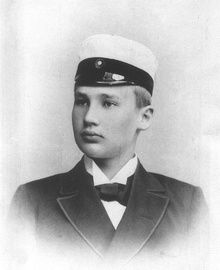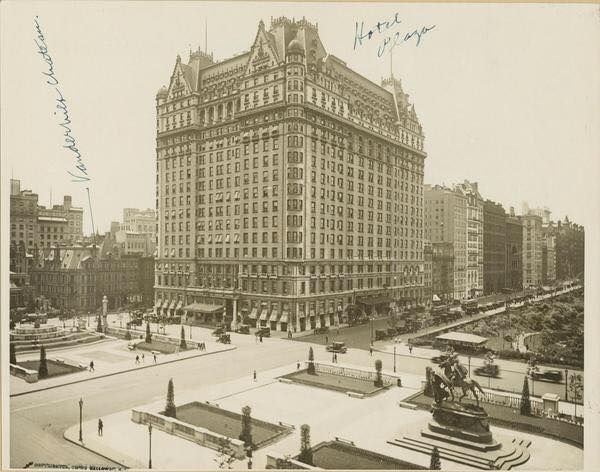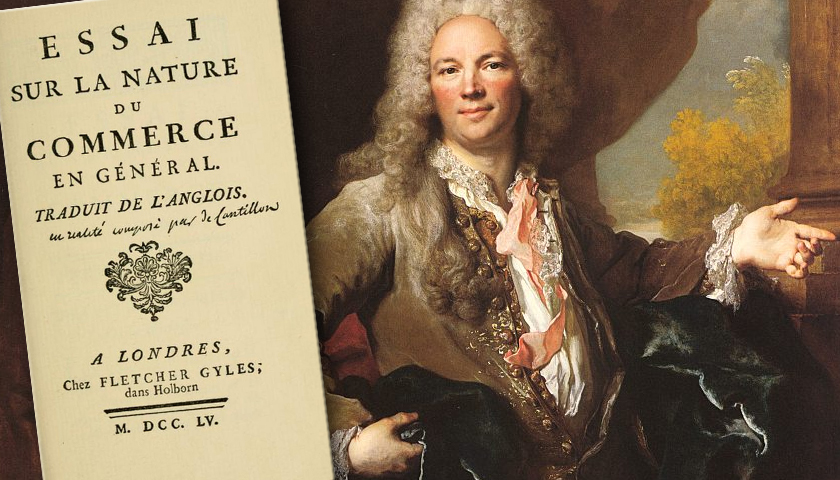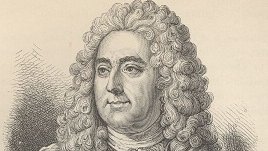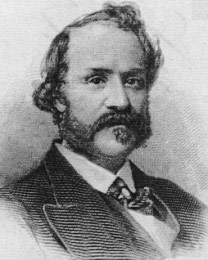
In September 1992, a Hungarian-born investor single-handedly broke the Bank of England and collapsed the British pound.
He made over $1 billion in the process.
Who's up for a story?
👇👇👇
He made over $1 billion in the process.
Who's up for a story?
👇👇👇
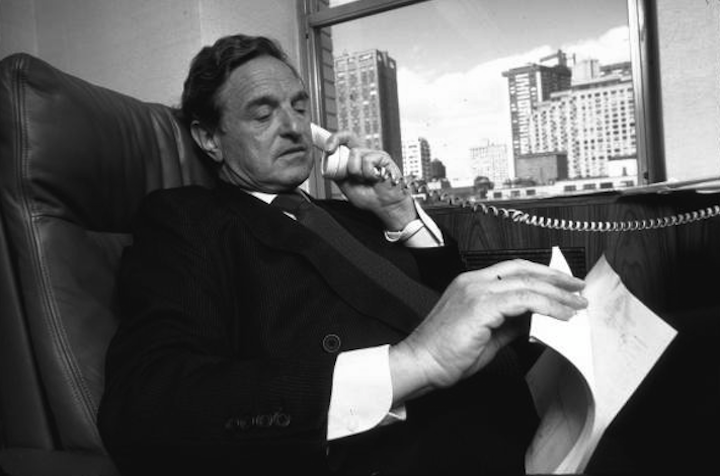
1/ By 1992, George Soros had made a name for himself in the world of finance.
Born in 1930, the investor had survived Nazi-occupied Hungary before attending the London School of Economics.
He launched Soros Fund Management and its primary hedge fund, Quantum Fund, in 1970.
Born in 1930, the investor had survived Nazi-occupied Hungary before attending the London School of Economics.
He launched Soros Fund Management and its primary hedge fund, Quantum Fund, in 1970.

2/ While Soros was building his empire, the makings of his 1992 windfall were taking shape.
In 1979, certain European nations linked their currencies together at a fixed rate.
The Exchange Rate Mechanism ("ERM") was born. A band of rates that each currency had to remain within.
In 1979, certain European nations linked their currencies together at a fixed rate.
The Exchange Rate Mechanism ("ERM") was born. A band of rates that each currency had to remain within.
3/ Its goal was to insulate the countries from currency rate fluctuations that harmed cross-border trade.
National banks were tasked with keeping their country's currency within this band.
If sellers pushed it down, they had to buy. If buyers pushed it up, they had to sell.
National banks were tasked with keeping their country's currency within this band.
If sellers pushed it down, they had to buy. If buyers pushed it up, they had to sell.
4/ In 1990, despite opposition from Prime Minister Margaret Thatcher, Britain finally joined the ERM.
Thatcher resigned and John Major, a long-time proponent of the ERM, ascended into the role of Prime Minister.
Shortly thereafter, Britain entered a recession.
Thatcher resigned and John Major, a long-time proponent of the ERM, ascended into the role of Prime Minister.
Shortly thereafter, Britain entered a recession.

5/ The Bank of England wanted to cut interest rates, but it couldn't.
This would have devalued the British pound and forced an exit from the ERM.
The Bank of England was forced to continuously go into the open market and purchase British pounds to keep it floated.
This would have devalued the British pound and forced an exit from the ERM.
The Bank of England was forced to continuously go into the open market and purchase British pounds to keep it floated.
6/ In 1992, alerted by his protégé Stanley Druckenmiller, George Soros spied opportunity.
The entire world knew that the British pound was in trouble. Everyone was waiting for a devaluation, but there was no catalyst.
So Soros decided he would BE that catalyst.
The entire world knew that the British pound was in trouble. Everyone was waiting for a devaluation, but there was no catalyst.
So Soros decided he would BE that catalyst.

7/ He started shorting British pounds.
Selling British pounds he borrowed from banks and using the proceeds to buy German marks.
If all went well, he could buy back British pounds cheaper to return what he borrowed.
*Primer on short selling is below.
Selling British pounds he borrowed from banks and using the proceeds to buy German marks.
If all went well, he could buy back British pounds cheaper to return what he borrowed.
*Primer on short selling is below.
https://twitter.com/SahilBloom/status/1280150884534456320?s=20
8/ He started with a modest $1.5 billion short, but rates didn't budge.
On September 16, 1992, the German Bundesbank president announced he didn't rule out some currencies coming under pressure.
Soros took this as a sign. He built his short position to a massive $10 billion.
On September 16, 1992, the German Bundesbank president announced he didn't rule out some currencies coming under pressure.
Soros took this as a sign. He built his short position to a massive $10 billion.
9/ With a flood of selling hitting the market, the British pound came under tremendous pressure.
The Bank of England was sent into complete chaos. It would have to buy in the open market if it wanted to prevent a currency collapse.
It was a disaster scenario.
The Bank of England was sent into complete chaos. It would have to buy in the open market if it wanted to prevent a currency collapse.
It was a disaster scenario.
10/ On September 17, 1992, the Bank of England purchased 27 billion on the open market.
But the flood of selling was too much.
At 7pm, Britain announced it would leave the ERM, allowing the devaluation of the British pound.
The date would forever be known as Black Wednesday.
But the flood of selling was too much.
At 7pm, Britain announced it would leave the ERM, allowing the devaluation of the British pound.
The date would forever be known as Black Wednesday.

11/ Within days, the pound had fallen 15% against the German mark and 25% against the US Dollar.
George Soros closed his short positions against the pound, making an estimated $1 billion profit on the trade.
He had broken the Bank of England and collapsed the British pound.
George Soros closed his short positions against the pound, making an estimated $1 billion profit on the trade.
He had broken the Bank of England and collapsed the British pound.

12/ While many viewed the incident as a permanent black mark on the UK as a center of financial prestige, the legacy of the incident is contested.
After leaving the ERM, Britain entered a period of growth and prosperity, prompting some to refer to the day as White Wednesday.
After leaving the ERM, Britain entered a period of growth and prosperity, prompting some to refer to the day as White Wednesday.
13/ So that is the story of how one man, George Soros, broke the Bank of England and collapsed the British pound.
I hope you enjoyed it!
For more educational threads on money, finance, and economics, check out my meta-thread below. Stay tuned for more!
I hope you enjoyed it!
For more educational threads on money, finance, and economics, check out my meta-thread below. Stay tuned for more!
https://twitter.com/SahilBloom/status/1284583099775324161?s=20
• • •
Missing some Tweet in this thread? You can try to
force a refresh



